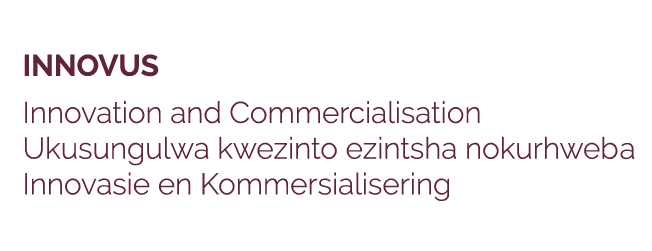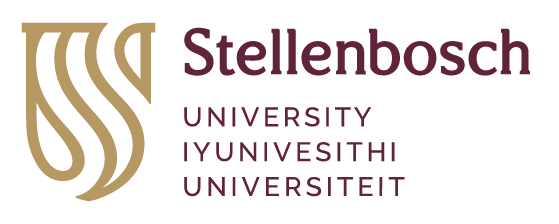If you did a quick search on some of the most terrible non-infectious diseases – like Parkinson’s, Alzheimer’s or type 2 diabetes – you will find that, for the most part, the causes are listed as ‘experts are still unsure of why this occurs.’
That was until Prof Resia Pretorius of the Department of Physiological Sciences at Stellenbosch University turned her attention to them. It turns out bacterial wall inflammagens may be that cause, or at least a major part of it. Prof Resia, alongside research partners and experts from Manchester to Madrid, has been using her collective genius to determine exactly why our bodies and minds turn against us, so we can make incurable diseases preventable, if not curable. And what they have discovered may change the lives of millions.
The specifics are beyond the purview of this article, and beyond the intellectual capabilities of the author, so I shall provide the concise version for you, our readers.
While both inflammation and clotting have been connected to the above-mentioned diseases, what has never been established is the causality. Why are inflammation and clotting linked to these cases? The reasons, it turns out, are far smaller than we think. And they’re in our veins.
Bacteria in our blood, we thought, are non-existent (this has been exhaustively tested). But new DNA sequencing methods show that each millilitre of blood contains around 1000 tiny microbes, which have only remained undetected because they are mostly dormant. These microbes can be awakened when they come into contact with iron, causing them to secrete LPS (lipopolysaccharides), that our immune system recognises, and reacts to, with inflammation. Also, because LPS binds so easily to other proteins, deforming them in turn, it has now been recognised as a major player in the formation of the amyloid mats found in the brains of Alzheimer’s sufferers.
But the LPS threat doesn’t end there. This LPS also changes fibrinogen, a protein in our blood which causes the scaffolds of clots, causing it to form abnormally. Abnormal, yes, but also incredibly similar to the scaffolds of clots that cause heart attacks, strokes and deep-vein thrombosis.
“In all inflammatory conditions we have noted a matted, denser fibrin structure, without the typical ‘spaghetti structure’ found in healthy individuals,” says Prof Pretorius. Prof Douglas Kell, of the University of Manchester, and one of Prof Resia’s most stalwart collaborators, continues, “The breakthrough finding that tiny amounts of bacterial cell wall material can have a massive effect on causing blood to clot in an unusual way explains much about the biology of many of these diseases. This opens up novel means - including nutritional - for their prevention and treatment.”
How much LPS is required to allow for misformed clots to occur? One molecule in one hundred million fibrinogen molecules. This amount of molecular amplification is “probably unparalleled in biology.”
For the skim-reader: it’s a miniscule amount of LPS that causes hypercoagulability and unregulated inflammation, which lead to Alzheimer’s, Parkinson’s, rheumatoid arthritis and type 2 diabetes, heart attacks and strokes. And this discovery is a really, really big deal.
To continually push our understanding of these terrible afflictions, and their causes, Prof Resia has already filed 5 patents just this year, 2 of which are pending. These are:
These patents, along with the support and acumen of Innovus, will allow for the creation of a separate company, dedicated to increasing the world’s medical knowledge and the longevity of its populace.
Prof Resia’s career, on which that thriving business will be built, is a stellar one. Just this year, she was honoured with the Department of Science and Technology’s Women in Science Award for 2017. She also won the prestigious African Union Kwame Nkrumah Scientific Award and the Exceptional Young Researcher Award from the University of Pretoria. She has been awarded public and governmental research grants in excess of R3.2m, and she has published articles in Nature, the Lancet and New Scientist, to name but a few. This month she was also rated by the National Research Foundation as a category B3 Researcher (one of only a handful in the country) which recognises her as an ‘internationally acclaimed researcher’.
The road to medical breakthroughs are, most often, paved by both hard work and determination, and lit by brilliance. The recent discoveries of the causality between inflammation and non-infection disease is an exemplification thereof.
Innovus, Stellenbosch University
|
15 De Beer Street
Stellenbosch
7600
South Africa
|
PO Box 3135
Matieland
7602
South Africa
|
|
t +27 (0) 21 808 3826
e info@innovus.co.za
e forms@sun.ac.za |

